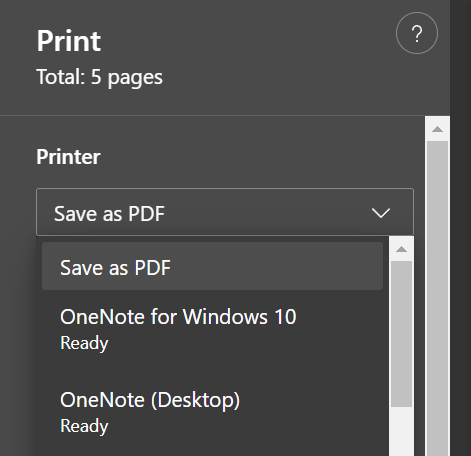Nutrient Management
Biogas and Composting
Climate Adaptation Effectiveness
Biogas production and composting lessens the need to dispose of organic wastes [3]. The use of compost can increase the climate resilience of crops.
Climate Hazards
- Rain-Induced Flooding
Locations
- , Region III (Central Luzon)
Adaptation Sectors
- Agriculture
CCET Instuments
- Action Delivery
Target Group based on Vulnerability
Basic Sectors:
- Children
- Farmers and Landless Rural Workers
- Indigenous Peoples
- Persons with Disabilities
- Senior Citizens
- Women
- Youth and Students
Evaluations
Economic / Financial Effectiveness
There is a large initial upfront cost to obtain the anaerobic digestion facility or biogas plant for the conversion of organic waste to energy. However, it would guarantee profit in the long run by decreasing reliance on petroleum products for energy source. The digestate which is the solid by-product of the biogas production could also be utilized as fertilizer similar to how composting utilizes organic waste. Use of organic fertilizer would lower production cost while increasing land productivity [4].
Technical Feasibility
Biogas plants are mostly established for municipal use which entails a complex digestion equipment, maintained and operated by technicians[1]. However, there have been recent attempts to develop portable biogas generators for on-farm use [4].
Social Acceptability
This method has a low adoption rate (<30%) in Central Luzon and Calabarzon [2].
Environmental Impact
This strategy promotes the use of a renewable energy source instead of petroleum products and increases soil quality and fertility through organic fertilizers.
Other Information
This practice facilitates the elimination of pathogens.
Mitigation co-benefit
This solution lowers greenhouse gas emissions from decomposition and incineration of organic waste (e.g. manure), utilization of petroleum products as energy source, and use of inorganic fertilizers [4].
Keywords
biogas, composting, reduced electricity cost, increased land productivity, increased income, nutrient management
References
